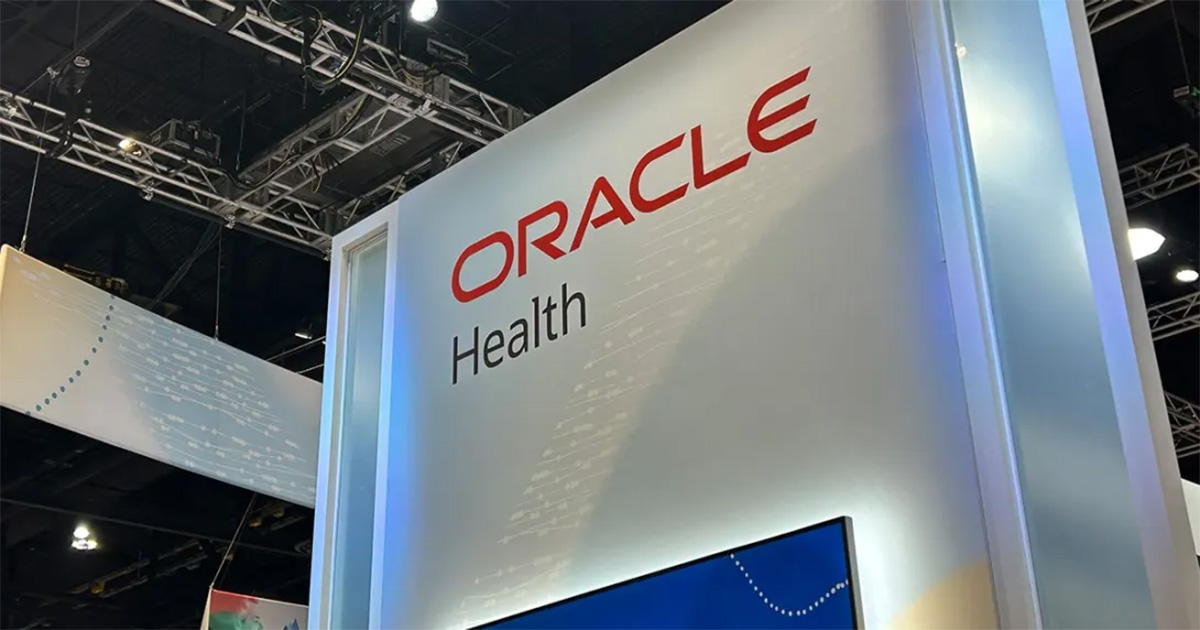The Albert Einstein Israeli Hospital (HIAE) in São Paulo, Brazil, has deployed an integrated medical-grade network to boost patient care and reduce costs.
The hospital, which is recognized in Latin America for pioneering the use of technology to streamline business processes and deliver value to its patients, selected Cisco's health information technology architecture. The network connects the hospital's workers to essential information and services and has enabled the hospital to link its seven facilities in São Paulo.
HIAE estimates to increase by 30 percent to 40 percent the number of beds by 2011 and plans to build new facilities, create a day clinic and provide extra ambulatory services.
"We wanted to develop applications integrating voice and data, and we were interested in implementing some of these applications on IP phones, using the devices like small PCs," said Sérgio Arai, CIO at the hospital. "This would enable innovative communication, both for the staff and for patients, resulting in improvements in the service standards and patient satisfaction."
"We also found out that we shared Cisco's view – the idea of a network in which all services are integrated in order to provide more intelligence and broader functionality," he added.
Cisco executives say their solution aims to meet the hospital's growth requirements while delivering security, interoperability, availability and productivity. Cisco's healthcare architecture also enables better support for patients and clinical staff, allowing quick and easy information exchange in areas such as patient diagnostics, clinical stories and medical recommendations.
The system could be extended to partners and external agencies in the future.
Highlights of the new system include:
- The hospital has consolidated its networks for voice, data, vital sign monitoring and picture archiving and communications (PACS), creating a single, integrated network infrastructure using Cisco's technology.
- As a result, HIAE has introduced new applications that cover different work methods while reducing costs.
- HIAE migrated to Cisco's information security solutions and deployed firewall features for perimeter security, VPN services for remote access and IPS to assist in intruder prevention. These solutions have been integrated to the network, increasing reliability and security for doctors and patients.
- The local networks (LAN) and wide area networks (WAN) use Cisco technology to provide access to voice, data and PACS services, whether for fixed or wireless connections.
- Cisco Catalyst switches also provided scalability and flexibility in the main hospital's data center network. Servers and other IT systems such as PACS, which were previously distributed across the hospital's seven facilities, have been centralized into a single data center.
- Instead of having separate systems for each specialty, authorized employees can now see any image in the PACS system from any location in the hospital or its remote units, saving significant time and helping improve service to patients while also enabling doctors to access data securely.
- HIAE clinical staff are continually on the move, and many keep in touch with co-workers through mobile phones. Doctors and nurses are now starting to use wireless IP phones connected to Cisco's platform, enabling easier, more cost-effective communication using four-digit extensions.
- The hospital plans to replace all pagers with IP phones, providing clinical staff with a more versatile device that is capable of bilateral communication, reducing response times and communication costs.
- The new Cisco infrastructure provides the hospital with a platform on which several innovative applications are set to be introduced. One of these applications allows HIAE to manage and locate its medical equipment more efficiently, using radio frequency identification (RFID) tags and wireless communication network.


